Robert Obert is one of the artists we follow with interest who is behind the idea of the series of interviews Un-hidden Bucharest. Together, we’ve changed ideas about mural art as a potential trigger for individual freedom and collective awakening, also about how his interest in street art and graffiti started, how music fuels the creative process, about his comic book projects and possible future animations. Up next we’ll go through previews of his latest comics, a suggestion of comics inspired by Bucharest and an in-depth look at the role of art and of the artist in our everyday life.
f: Hello, Obert. Although we have not yet collaborated for Un-hidden Bucharest, we can say that we have initiated this series of interviews at your suggestion. What’s your opinion about the evolution of street art in Bucharest and Romania?
Robert Obert: I would like to add that John Dot S was also part of this brainstorming, the desire for discussion and interview in this area is a common concern.
Back to the question, it becomes more and more visible, I would say that street art with all that it includes, and graffiti as well, have begun to be more present as manifestations, the attention has been drawn to the phenomenon, and from what I have seen or discussed recently there are more and more young people entering this world. I would like to see more coherent interventions on the street, more drawn or applied characters, but framed in context, following a relationship with what we call urban furniture.
Regarding the murals, thanks to several events and entities that actively engage in the community and function, the need to cover the distressing grey walls in the country has begun to be satisfied step by step. This form of expression is becoming more and more viral, which can only be a win for the artists, to whom closed doors are opening now.
My only regrets are that sometimes things do not happen homogeneously, that in Bucharest we do not have a festival dedicated to street art and graffiti (like the one in Sibiu or the ones abroad) and there are still difficulties in terms of rewarding artists for their work.
But to draw a line, I think the life of street art with graffiti, stencil, paste-ups and stickers or murals of impressive size (and the list can continue) is starting to become more exciting and stimulating, giving optimistic prospects for the future.
Collaboraton with Pisica Pătrată and John Dot S in Bucharest.
f: In the past two years you have been involved in several major projects – you created one of the Giants of Pantelimon, an event attended by international artists such as Ella & Pitr, you met Martha Cooper, you recently collaborated with Global Street Art for a mural and a collective exhibition in London. Do you feel that there are still borders between Romania and other countries when it comes to street art and art in general?
Robert Obert: This can be a long discussion. I can say that the attitude of artists from other countries, some even with an international reputation, is much more relaxed. Sometimes you do not even realise that you are talking to a well-known artist, but rather to a friend from the neighbourhood with whom you can drink a beer on the bench and talk about anything and everything.
I’ve noticed that we are more unyielding here, less confident in our fellow colleagues, and sometimes even some prejudices come to light. To some extent I understand from where this need for self-preservation comes from because our history still has some echoes, but that should nevertheless make us ask ourselves questions at a personal and collective level.
f: A few months ago, we presented your intervention at the penitentiary in Iași. You were saying about this intervention that the human mind has an infinite potential of liberation and that no imprisonment, physical or non-physical, can shade this potential. What impact do you think mural art has on a person who does not know freedom – be it mental or physical?
Robert Obert: We’ll always struggle with perceptual problems, as in essence we all are structured in different ways, but human benchmarks are always there. Personally, I think that in each of us there is an exploitable nucleus in what we call good. That is why I believe that mural art if it is formulated in a visual language that can be deciphered by a majority can touch that sensitive chord also in the context of imprisonment, either physical or mental.
Mural art has a substantial impact through the sum of the elements that define it, and it can be a trigger for the freedom that dwells in each of us. Let us not forget that the visual impact is an essential tool in changing our perception, and mural art, especially if it has impressive dimensions from which the sight cannot escape, becomes an important actor in everything that represents the form of expression of ideas or messages.
One of the reasons I was attracted to this form of art was that you are present in the middle of the action for a much more extended period and that what you represent is accessible to a broader audience.
f: We know that beyond street art, comics “have got into your blood” since you were little, as you said in a previous interview. For comic lovers, the Urban Prophecy no longer needs any introduction. So we were glad to hear from Instagram that you’re working on the English version and on the completion of the second part. Can you show us a short preview of what you are working on now?
Robert Obert: Being a personal project, pretty dense, it was necessary to come back to it whenever I felt the need, therefore the extended working time. And, because I like you, I’ll attach some previews of this so-called creative war.
f: Since about comics you’ve already shared your sources of inspiration on other occasions, how and when did your interest in street art begin? And since we brought into discussion the Urban Prophecy, we noticed that there are themes and characters from the graphic novel that you focus on also in the public space. What inspired you concerning street art?
Robert Obert: The Urban Prophecy was conceived with the intention to be materialised in more than one medium of expression. For this reason, it came naturally that my street interventions, whether done on the run during night time or of bigger size, contain elements and characters or themes from the Urban Prophecy universe. There are also studio works dedicated to this universe, which will come out to light soon, so stay tuned. But besides this, I’ve begun to develop other searches in parallel, we’ll enjoy their presence shortly, so stay tuned twice.
To fully answer the question, I can say that:
Inspiration remains in my relationship with the so-called unseen world, those perceptions of the layers beneath the masks we carry, or behind the screens that have been put before us like a ready-made decoration. I am still more and more interested in the unconscious, what our mind knows and sees and tells us only through specific mechanisms or dreams.
f: Referring to the work “Can You Feel?” from SISAF 2018, you said that your cyberpunk “approaches the technological invasion we live in, making us wonder if we can feel with the help of these means.” Whether we’re talking about street art, comics or painting, your artistic universe illustrates a decadent urban landscape, industrial and digitalised until dehumanisation, with beings rather robots than humans. How did you form this vision and how are the artistic technique, the environments where you represent it, etc. contributing to its accentuation and communication?
Robert Obert: I grew up in an industrial city, Ploiești, where I was surrounded by refineries and industrial structures everywhere, and I have often explored decommissioned spaces or former factories since I was a kid. It was interesting to me that, despite this unfriendly landscape, human values developed and worked, there was a strong cultural core that was relevant in history, so somewhere these two registers were interwoven and set up an influence.
Meanwhile, my interest in technology and the landmarks there influenced me, doubled by the SF literature that fed my mind while still developing, plus the passion for movies which were placed in unfriendly, post-apocalyptic, cyberpunk, futuristic, and even surrealistic environments, things that since I was little I have dreamed and re-interpreted indefinitely.
I think I have a fascination for the self-destructive power of mankind since I was a kid, all of these elements mixed together in my mind have begun to generate content that in time is refining and processing more and more. I try to illustrate not only these worlds, but also the mechanisms behind them, what have been the causes for which the characters and the world in which they exist are like this, sometimes as an alarm signal for what we might also end up being in this reality in which we live, if we do not manage ourselves properly.
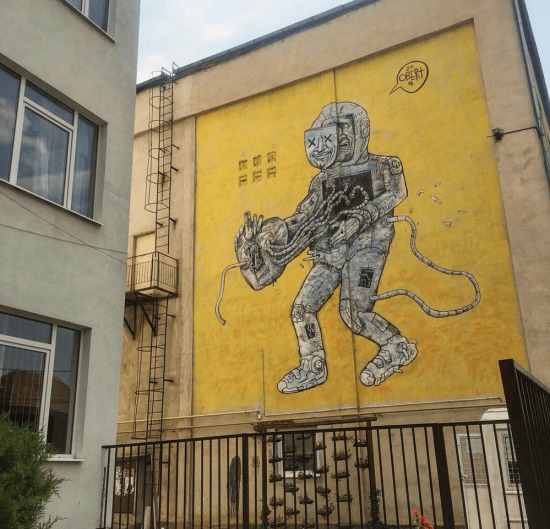
If we’re talking about the technique, the reflexes from my formation as a graphic designer did leave a mark on the style, it becomes recognisable, you’ll know that I’m the author, even if there are variations. I also like the contrasts resulting from the chromatic intersections, playing with white, black and grey, along with some flat colours that highlight a composition and make it worthwhile. I think the technique helps to support the message, with the condition that there is communication there because some concepts could be cancelled by a bad choice or a poor execution of the visual register.
By the way, what I was saying earlier about contextualising a work/ an intervention, etc., I think it is good to be careful where we place and how we frame what we create. So both the environment and the relationship with it matter, it is up to each artist how he/she conceives the timeline and the story because it will be relevant further when the public comes into contact with what you’ve been doing in the city.
f: Tell us about your relationship with music. From a recent top of albums you like, we found on the list names like Thievery Corporation, Massive Attack, Red Snapper, Dubioza Kolektiv and KRS One. Locally, you created a comic book – “Fear is a lie” – for the first studio album signed Dream Diggers, about which Codin said that he wanted to work the visuals with friends who understand what they want to convey through music. Moreover, you have various collaborations in this area focused on poster art. How does music influence you in what you do or want to do as an artist?
Robert Obert:
Music is vital in our lives, and it has taught me in time, it has opened doors inside me through which, once entered, I’ve discovered new door sets, a variety of feelings and sensations that add to the structure. It helps me greatly with the working rhythm, I can sink into the creative process and stay in a trance until something in the unconscious pauses it.
Of course that it is not always the same music, I try to listen to what I need in terms of rhythm, what is missing or what my inner state or the work itself requires at that specific moment. Music for me is fuel in the creative process, and whether it’s hip hop or jazz, trip hop or alternative rock, dubstep (and the list can continue), it will be present while I work.
The project “Fear is a lie” was something special for me because I was free to interpret and to deliver a complete visual addition to what the music on the album stands for. There have been hectic weeks during which I was completely connected to music while working and I can say it’s an extraordinary experience because, in the end, you realise that you have contributed visually with extra nuances of the messages and audio sensations.
In general, I am very excited to transmute what I perceive from music to visual, it seems to me that it is unlimited and very challenging to play with the two areas, of course, there is also the challenge of not being redundant and pleonastic. But I can’t conceive visuals for any kind of music, I think there must be some elements in it that will convince me, inspire me and give me something to explore, have at least things to convey or simply rhythms I can resonate with, both in a personal or professional manner.
f: From the series of comics projects, Herb and Whiskers also caught our attention. The two characters take us a bit out of the themes you usually focus on. Since they remind us of cartoons, we were wondering – do you plan an animation or animated comics series by Robert Obert anytime soon?
Robert Obert: In me, there’s also a pretty ludic dimension besides the dark and introspective side. Over time I created and played with all sorts of characters in this cartoon area, amusing distortions and interpretations of human or animal anatomy, combined with the power of observation transposed into the themes and the dynamics of the stories told. I use this to convey the common states and concerns of some characters to whom I attribute characteristics and contexts beyond expectations, such as Herb and Whiskers, which, anthropomorphised, illustrate two goosey comics scriptwriters with vices and neuroses that will evolve progressively with each episode until things get out of control. Practically, they are X-rays of human behaviour, but expressed in the amusement area, as a satire.
Besides, I still have quite a lot of stories and characters like this, under the umbrella of absurd humour, already drawn and waiting to play in some episodes. I’ve been planning for a long time several animated series with crazy characters, with the voices already imagined and practised even while I’m making new character designs, but it will take a while before I can dedicate myself to this process. There is, however, a higher volume of work, but I believe that the pleasure of working on such projects eases the process. I need time, which I do not have in the next period, but the plan exists, the characters exist, the fun just has to start. So stay tuned, it’s happening soon.
f: As we’ve seen, you have artistically expressed yourself in many areas. What do you want to do next, which would be your greatest achievement as an artist?
Robert Obert: It’s hard to think of what would be the greatest achievement as an artist because it would mean validating a direction that can be used as a benchmark by the people I influence, who follow me, etc. For some artists, perhaps the most significant achievement would be to have their work showcased at MoMA, for example, or to be auctioned at Sotheby’s, there are some “you’ve made it” landmarks in the art world in general, parts that are sure to stand up and are confirmations. But on a personal level, maybe things are different for each artist.
If I were to formulate it correctly, in fact, my greatest achievement as an artist would be that no matter the context in which I am present, my message will be perceived and unaltered, to keep my effervescence and spirit, not to become mechanical or too comfortable with myself. I’d like, and this is a wish, that what I do, what I want to convey, reaches as many people as possible, that my message spreads and opens many gates of perception in the minds of people because we need some awakening at a collective level.
f: Finally, some thoughts about Bucharest? How do you feel the city as an artist? Let’s imagine you were to make a cartoon inspired by the capital and life here. How would you call it?
Robert Obert: Bucharest is love-hate, it’s the kind of city that gives you mixed feelings. As an artist, it’s a source of inspiration, it has a lot of elements to work/juggle with, but it can often become overwhelming. I am in a constant investigation, I like to walk a lot and always discover something new, to store in my mind the information that will later turn into something on a canvas, on paper, on a wall. Bucharest has unwillingly given me a lot.
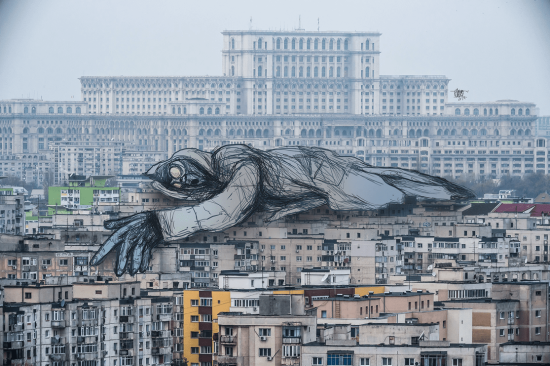
If I’d make a cartoon inspired by Bucharest, it would probably be noir with red/ yellow accents, somehow similar to Sin City, but in a nervous line, and the story would be written in the first person. And I would call it “Buc.arrest”.
You can follow Robert Obert on his website, on Facebook, Instagram and Behance.
This article is part of the Un-hidden Bucharest series of interviews with street art and graffiti artists, published weekly on feeder.ro. Together we will enter their artistic universe and learn how the city can be regenerated through artistic interventions in the public space.
Keep your eyes on feeder.ro, we’ll publish new interviews soon with iZZY iZVNE, Maria Bălan, John Dot S, Livi Po, KSELEQOQYNQYSHY, J.Ace, Pisica Pătrată, Skinny Bunny, Primitiv Print, Alexander Blot, Irina Marinescu, Kero, Lost.Optics, Obie Platon, Serebe, Alina Marinescu, Cage, Livia Fălcaru and more.
Interview by Emilia Cazan
Images © feeder.ro and Robert Obert, Martha Cooper, Cristian Vasile (IGU)
The Un-hidden Bucharest street art project is organized by Save or Cancel, through feeder.ro and is co-funded by AFCN. The program does not necessarily represent the position of the National Cultural Fund Administration. AFCN is not responsible for the content of the program or the way the program results can be used. These are entirely the responsibility of the beneficiary of the funding.
Organizer: The Save or Cancel team, composed of Cristina Popa (random) – social designer, editor, and cultural manager, and Andrei Racovițan (ubic) – architect, editor, and artistic manager, together with the audience, artists, collaborators și partners.
Project partners: CNDB, Faculty of Sociology and Social Work, Zeppelin, IQads, Urban Collectors, Igloo, Urban things, România Pozitivă, IQool
About Save or Cancel
Since 2008, Save or Cancel is a medium of communication and propagation of the arts and culture, promoting and facilitating their role in contemporary society.
The self-initiated multidisciplinary programs of Save or Cancel aim to identify sustainable and adaptable opportunities for (re) valorization of the existence through architectural, cultural and editorial projects.
Visit the project’s page to find out more about past, current and future activities: https://feeder.ro/un-hidden






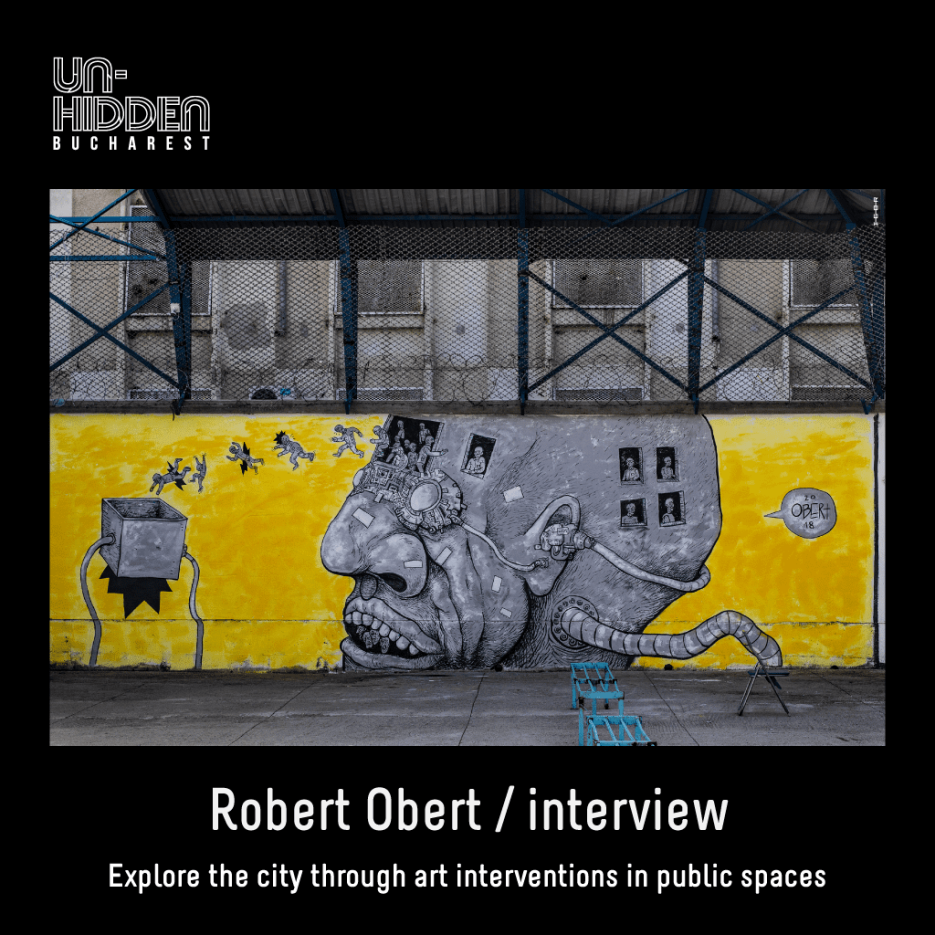
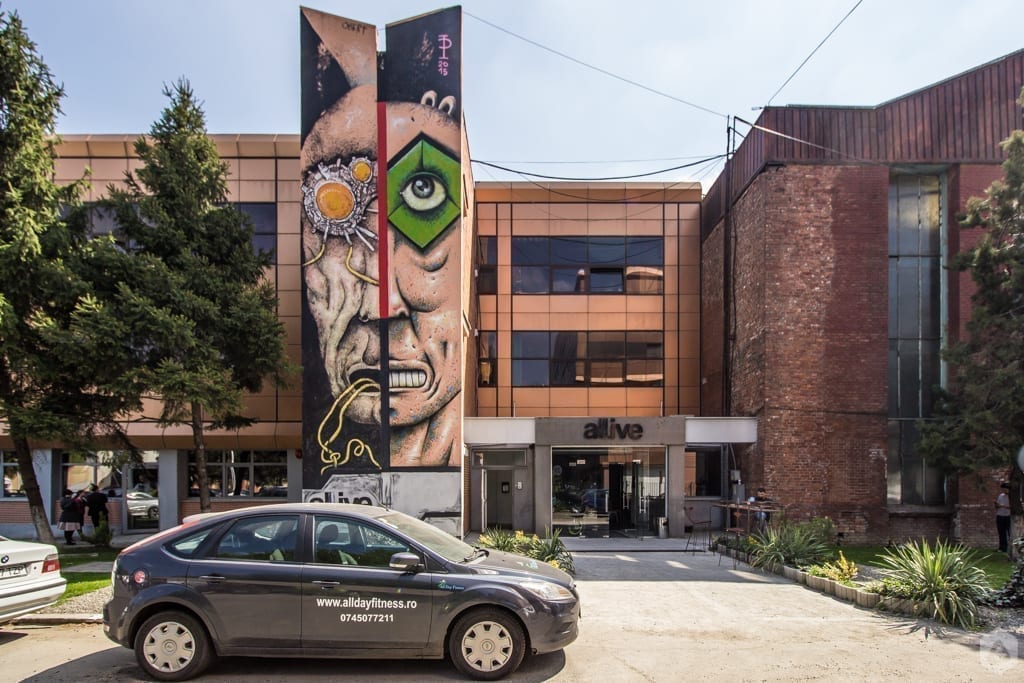
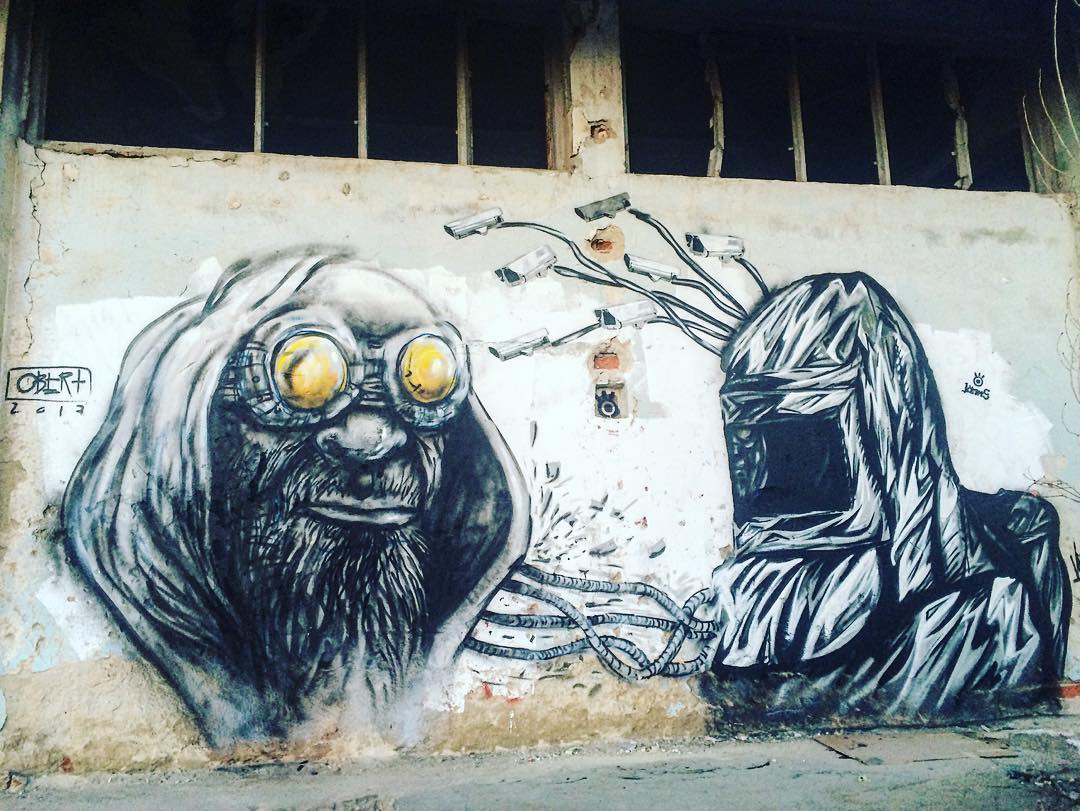
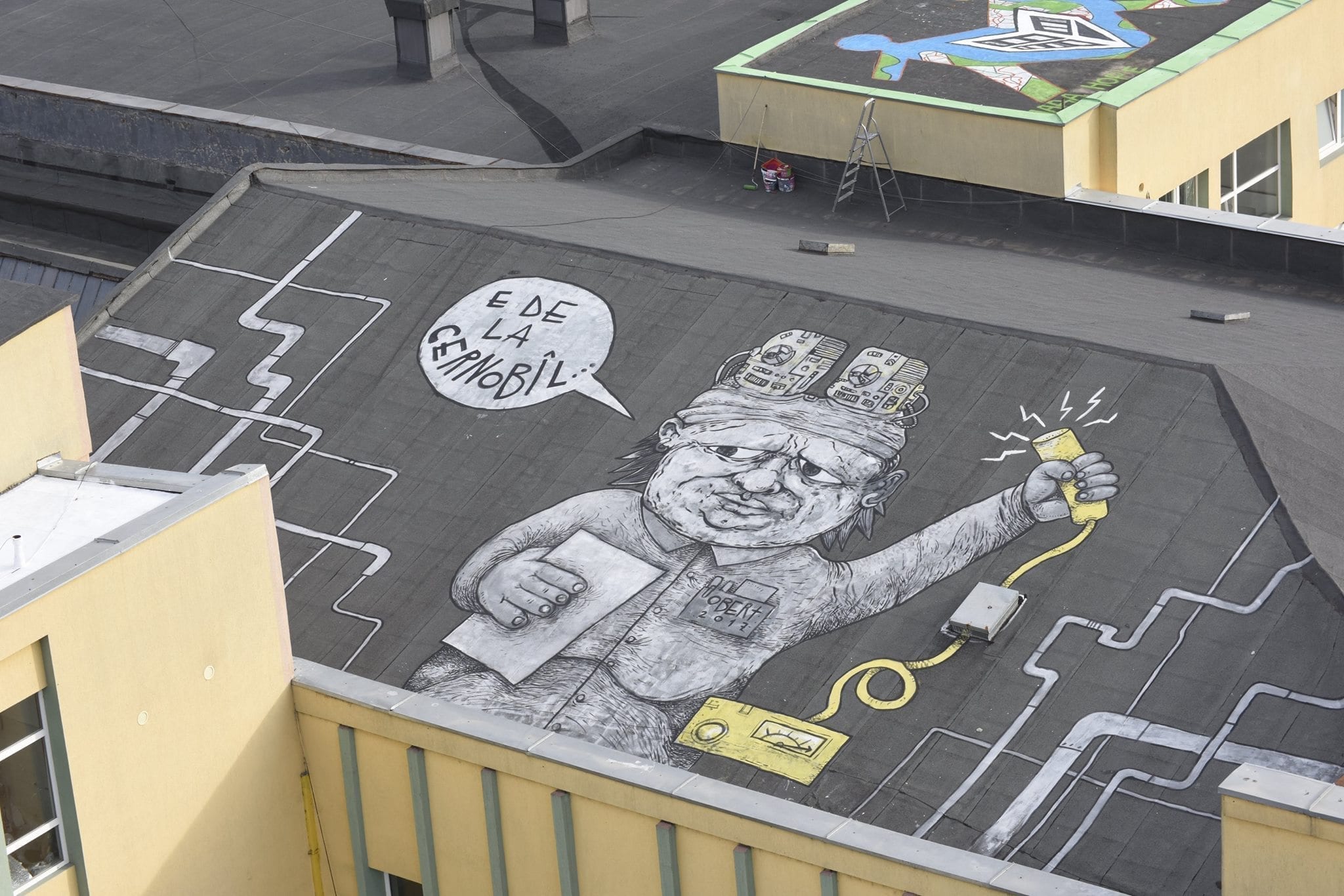
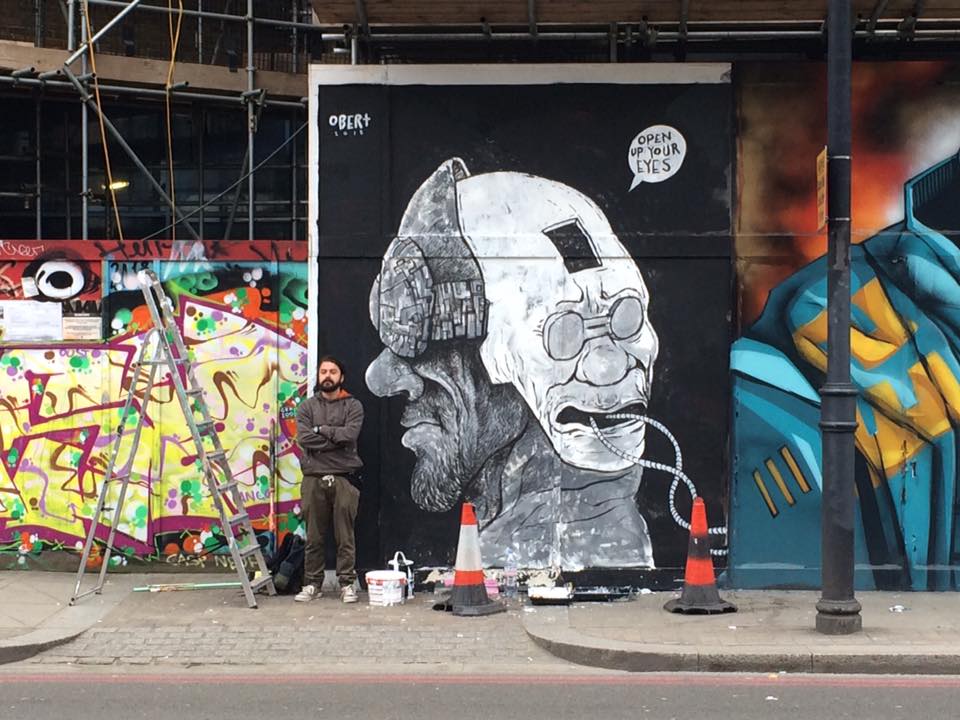
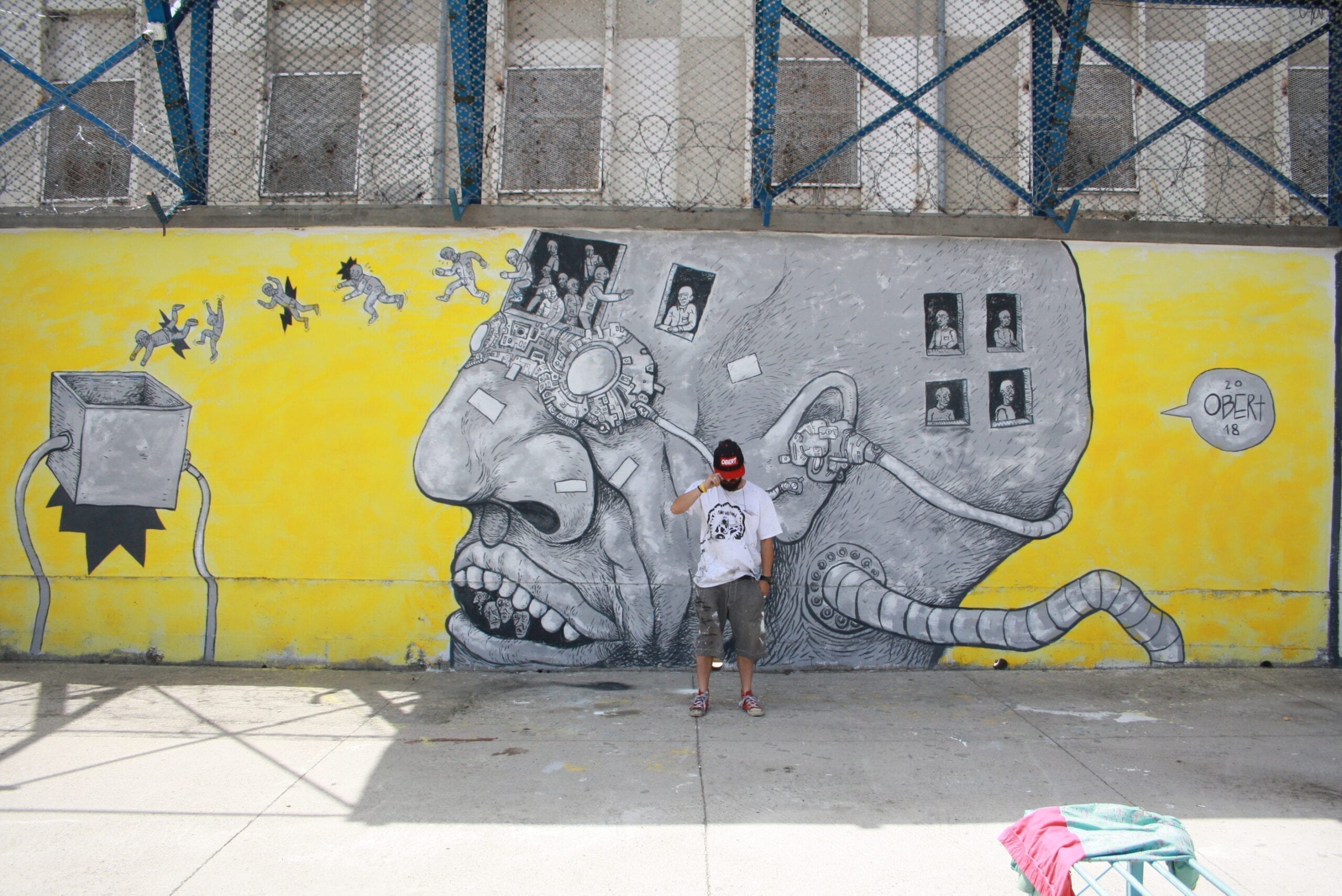
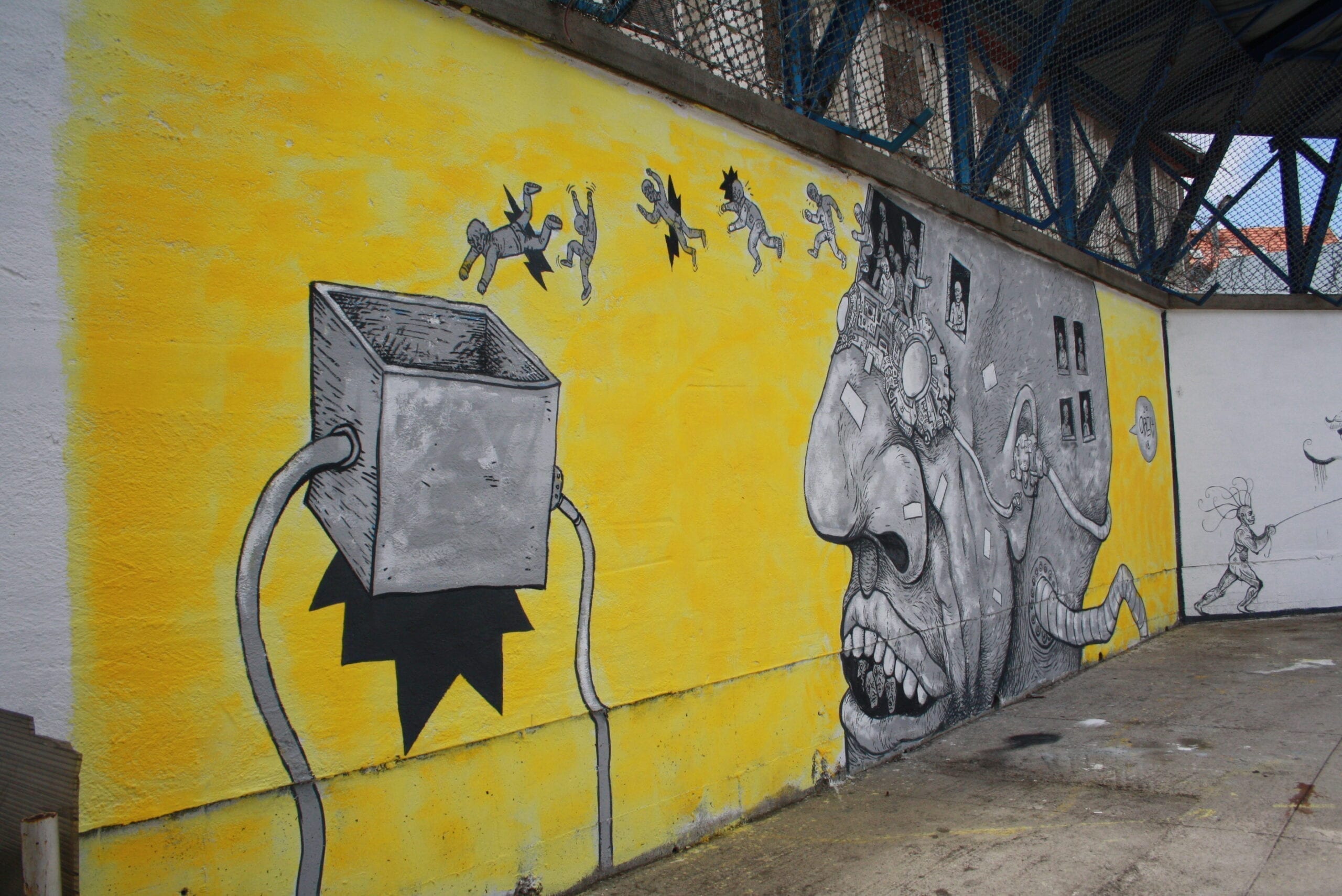
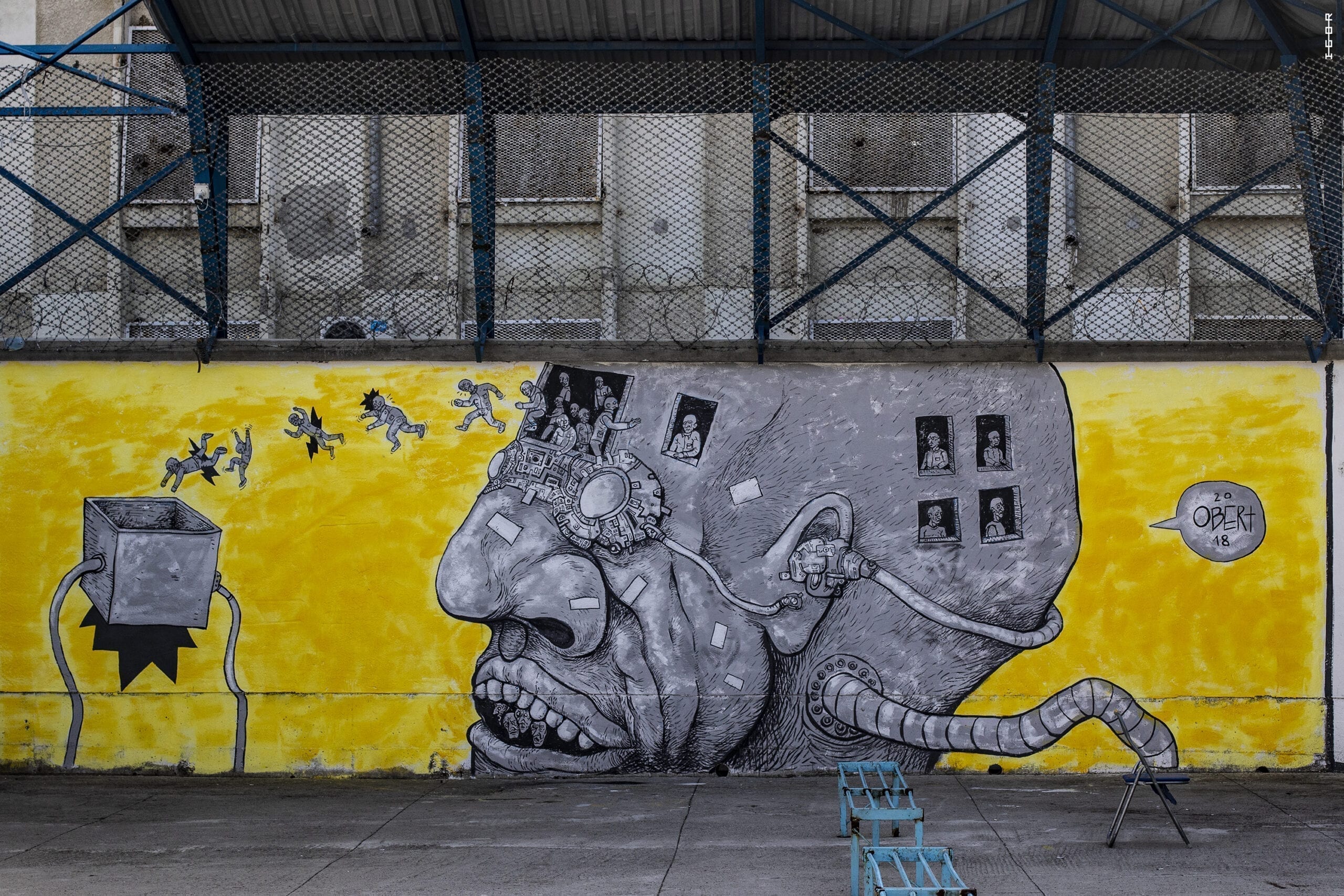
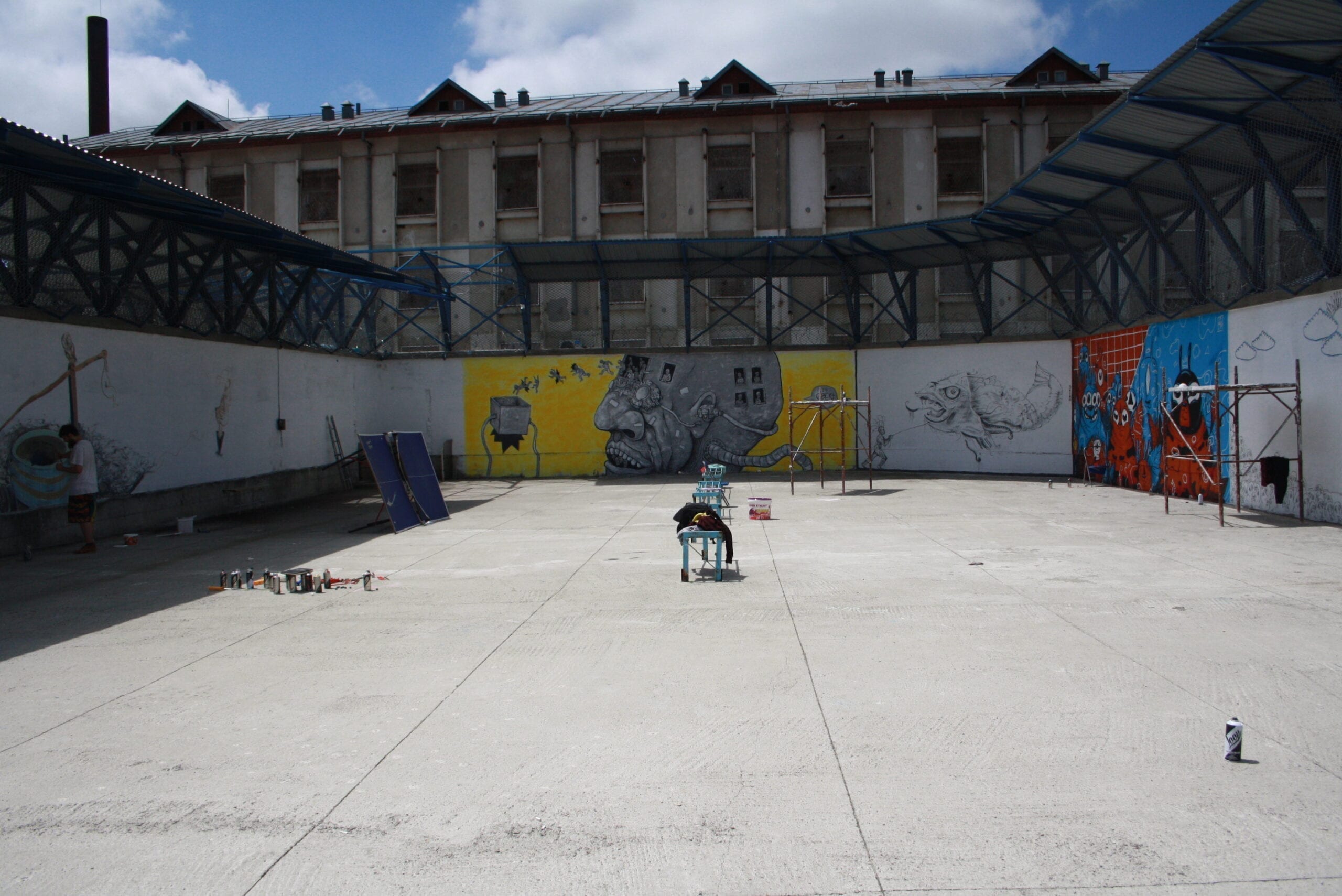
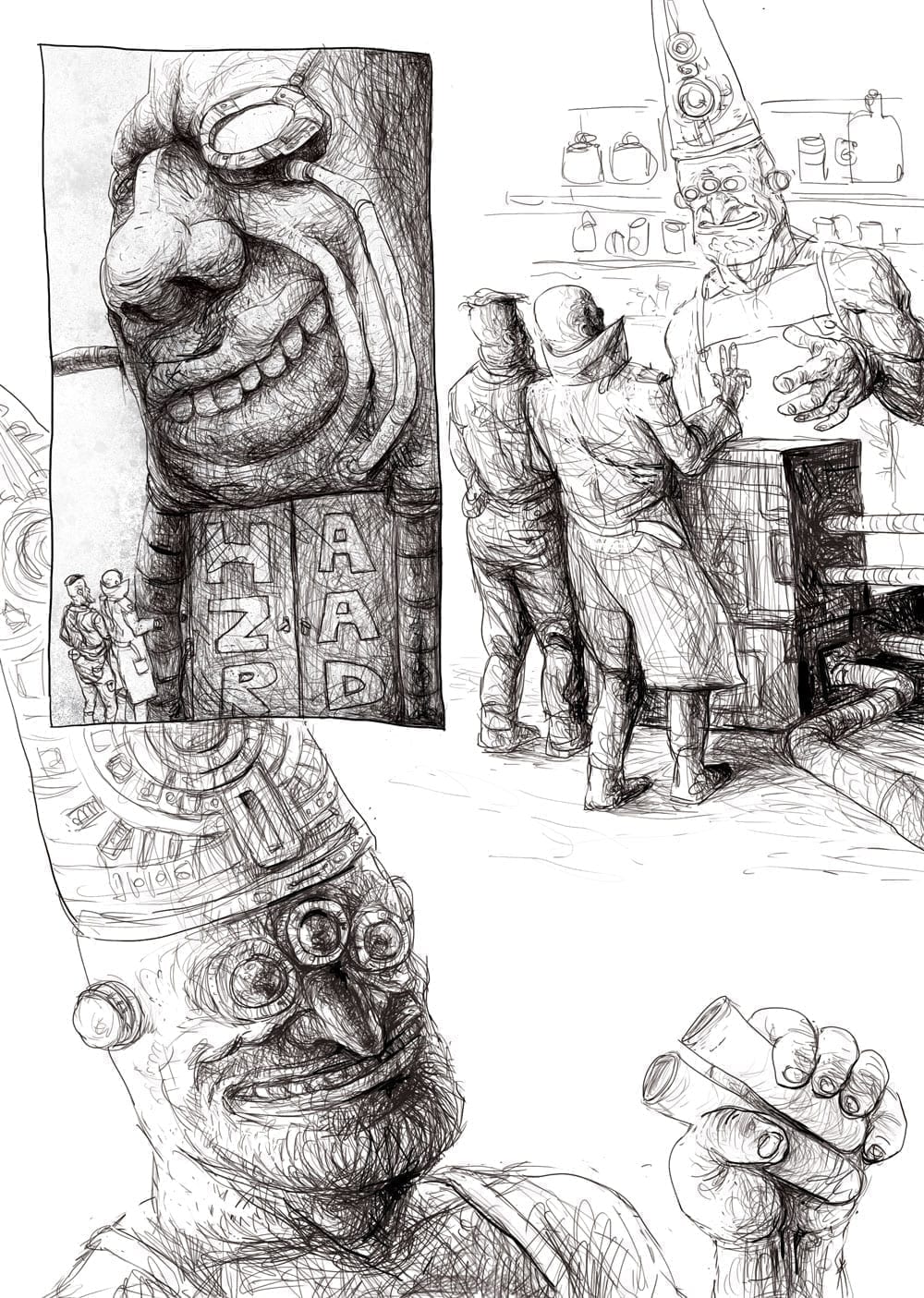
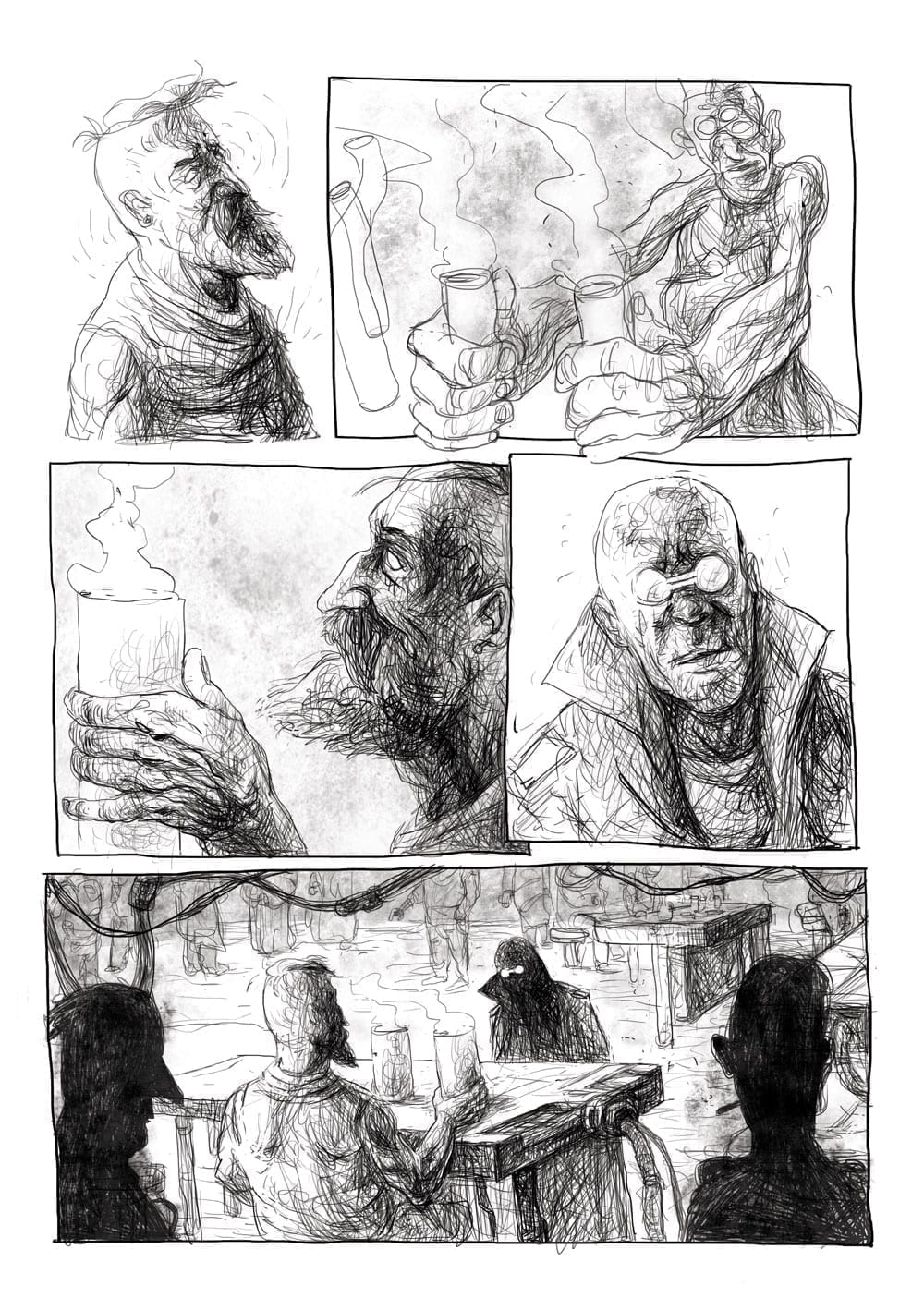
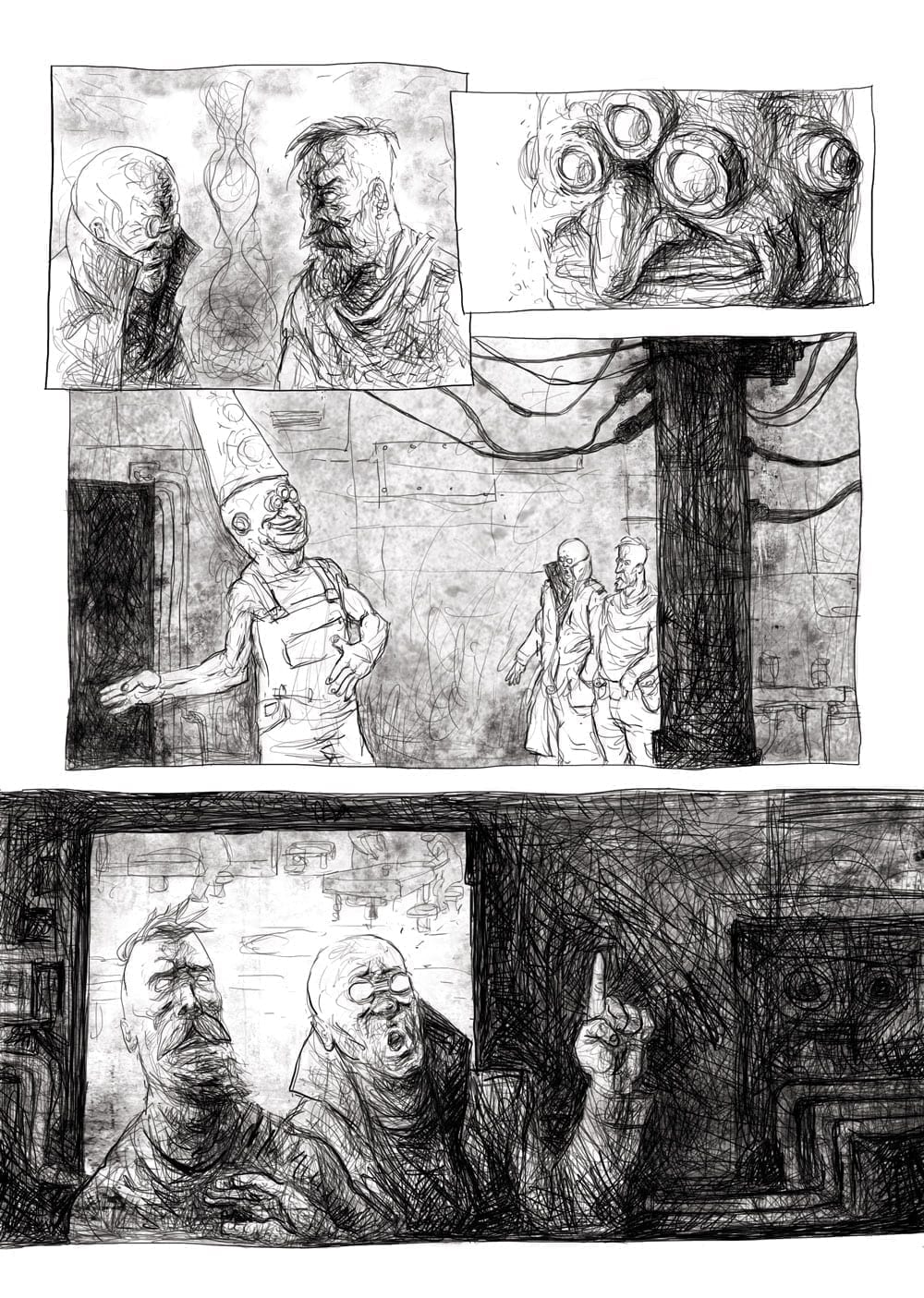
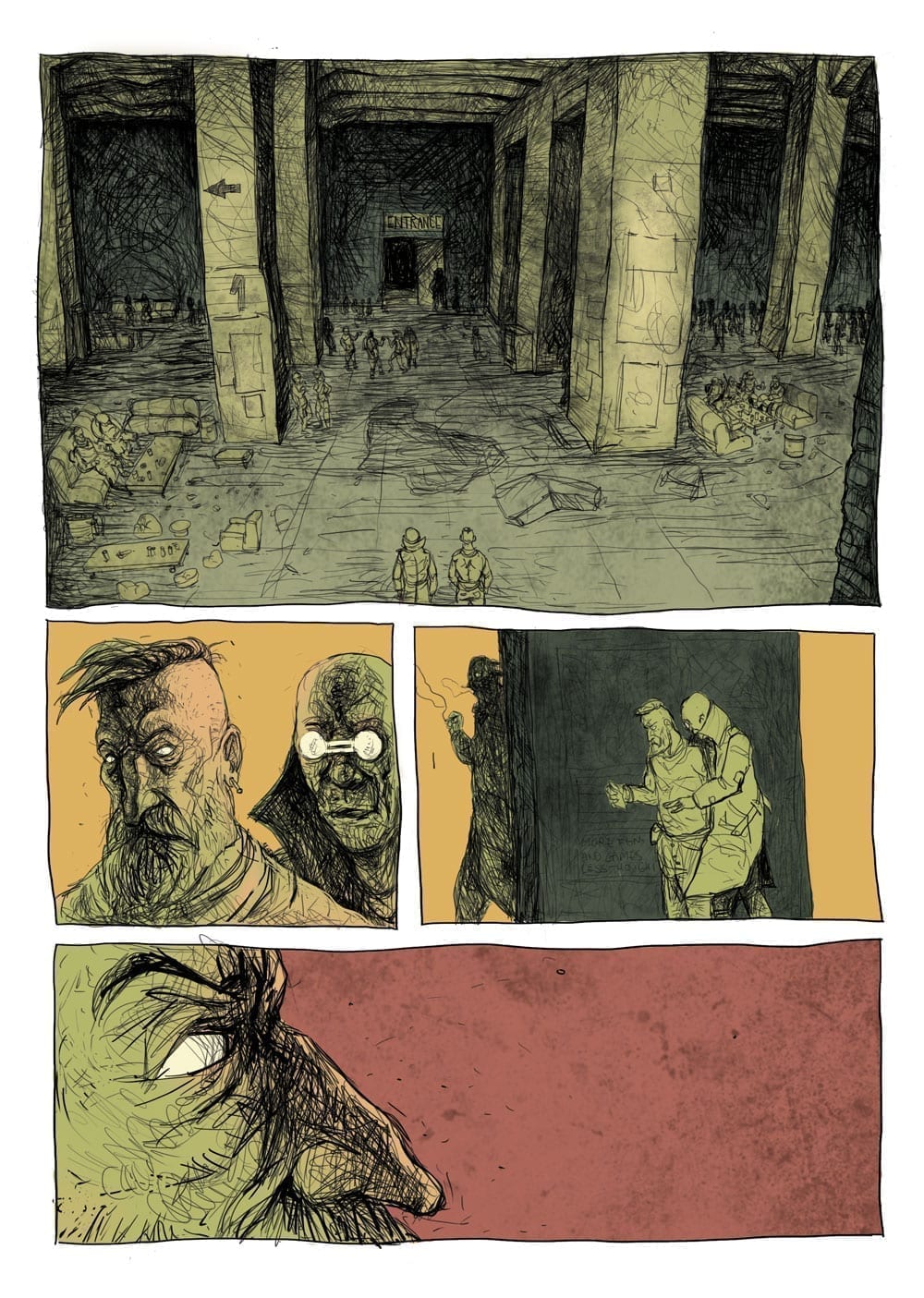
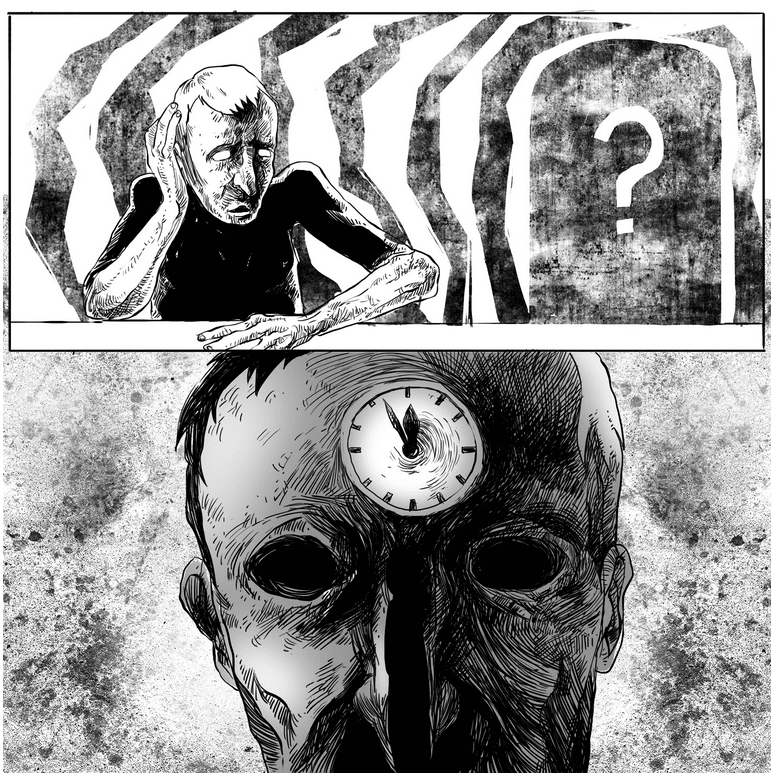
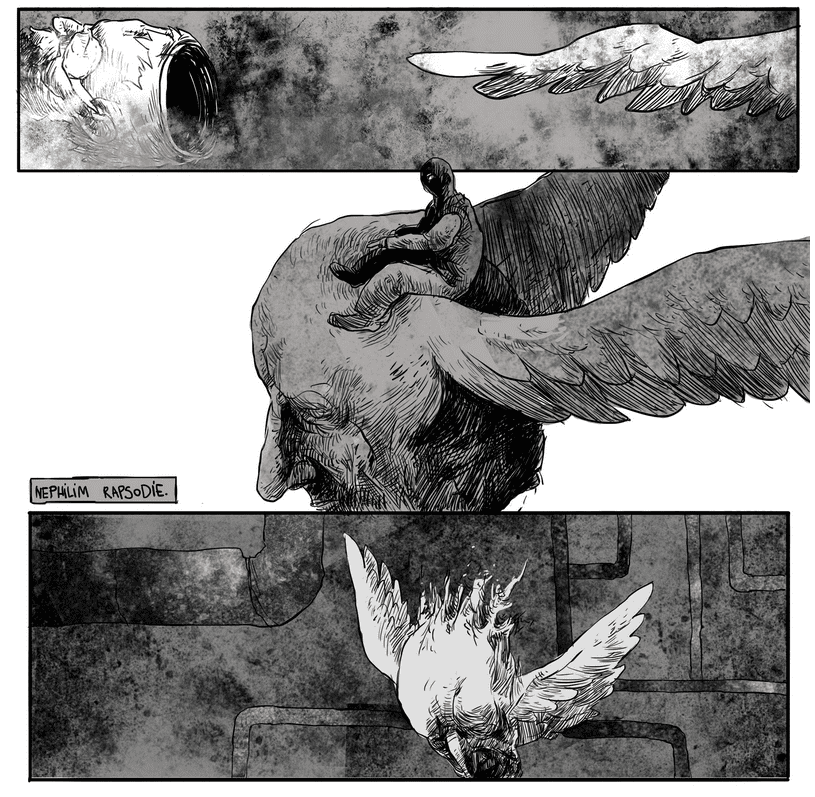
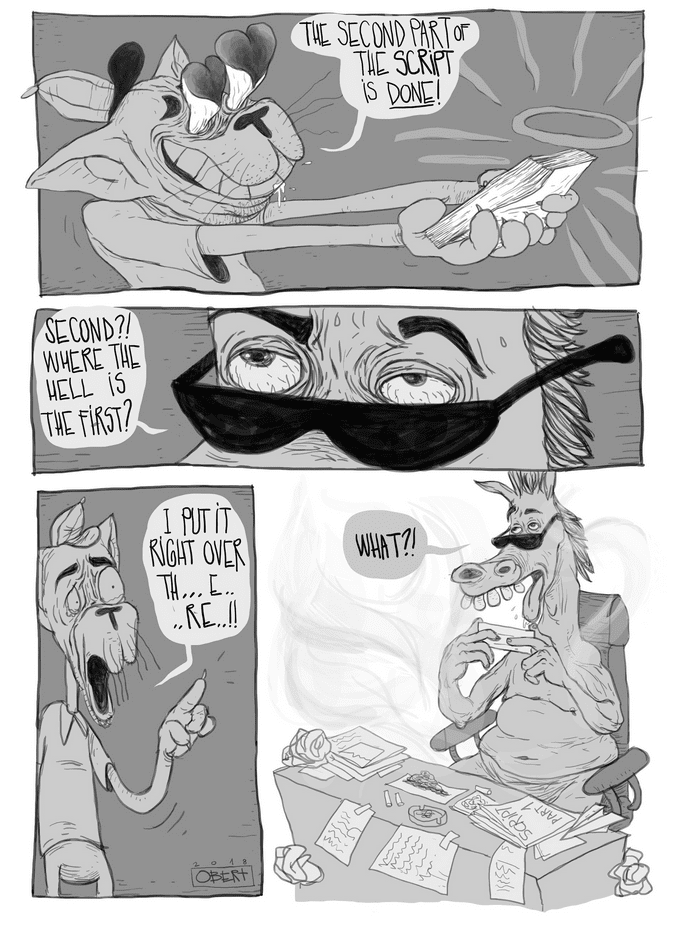
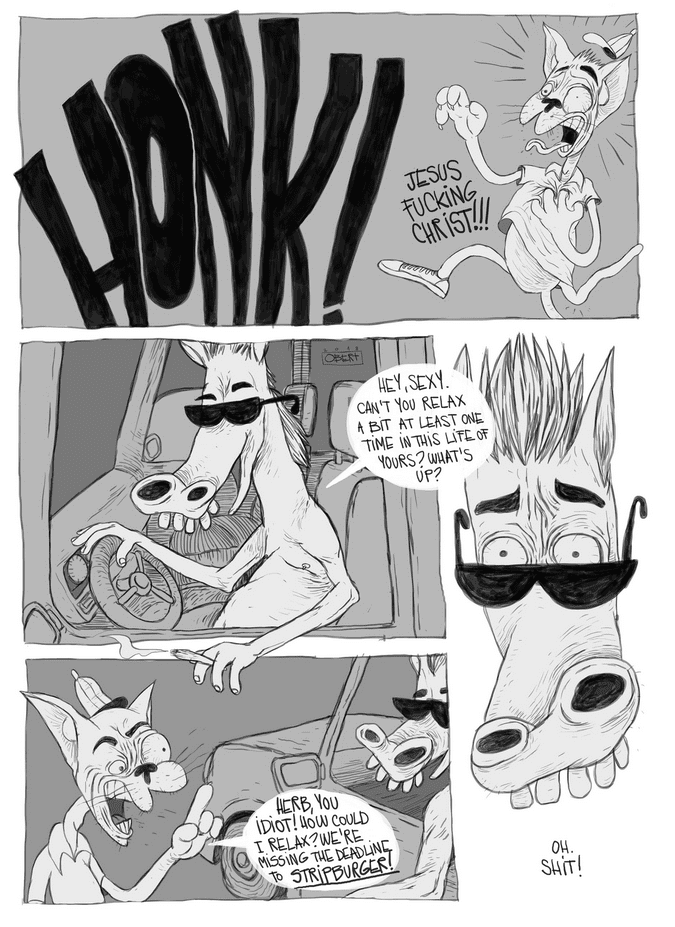
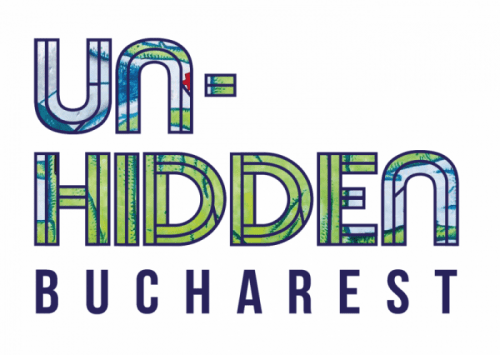
Pingback: Education discount for the Un-hidden Street Art in Romania book & more • feeder.ro
Pingback: Buy the Un-hidden Street Art in Romania BOOK with a 20% discount • feeder.ro
Pingback: The Un-hidden Street Art in Romania Book is now available in the feeder.ro/shop - Save or Cancel
Pingback: feeder sound LIVE with Deez
Pingback: BTLT: feeder.ro at Robert OBERT‘s Invasion • Feeder.ro
Pingback: Un-hidden street art in Romania BOOK (preview)
Pingback: Interview with Tobias Barenthin Lindblad (SE) – Un-hidden Bucharest [en]
Pingback: Discover a new Un-hidden Romania 🇷🇴 interview with Japanese 🇯🇵 artist Aito Kitazaki [video] • Feeder.ro
Pingback: Cine vine la SISAF 2019 - tema festivalului #Openness • Feeder.ro